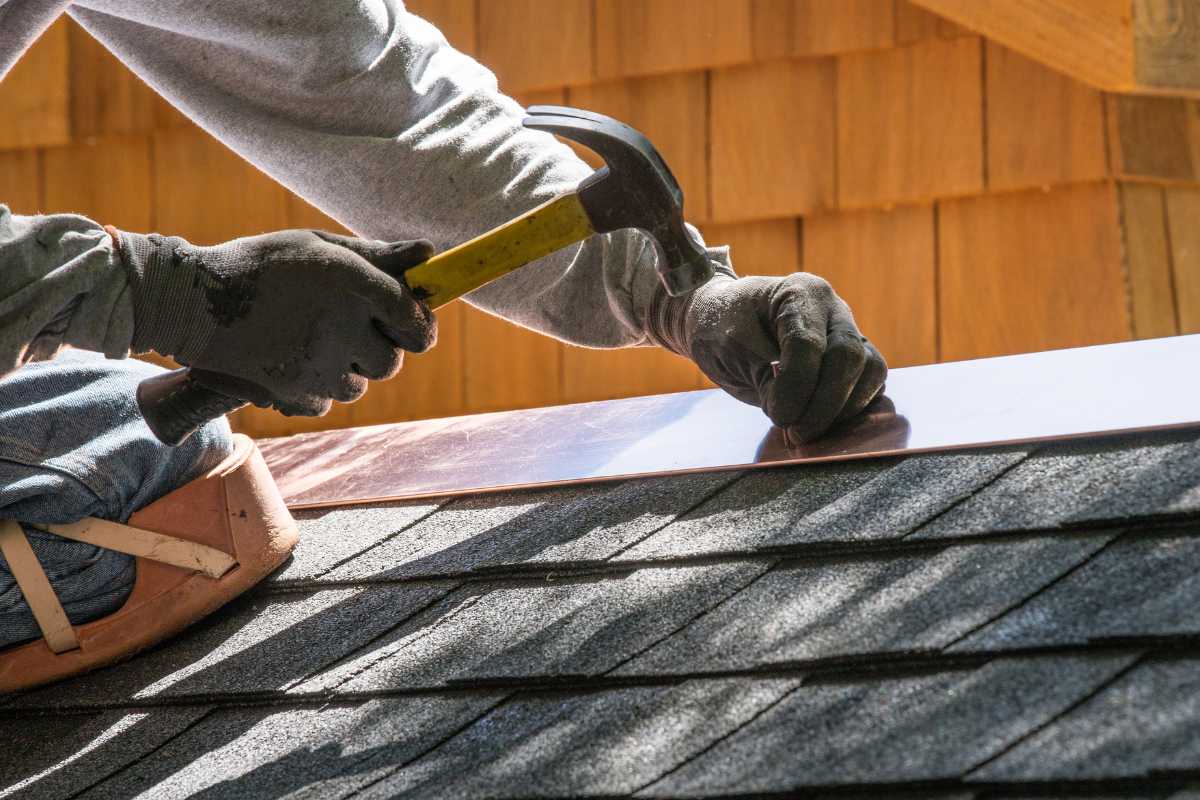What is Roof Flashing: Types and Meaning and Why Is Important

Anyone involved in property maintenance must understand the complexities of roofing components. In this investigation, we’ll explore the concept of What is Roof Flashing, a phrase that may appear technical but is crucial in protecting structures from the weather. Understanding the types, meanings, and relevance will help you comprehend the delicate dance between a roof and changing weather conditions, whether you’re a homeowner, a DIY enthusiast, or a construction expert.
Keep reading to find out more about this topic!
What is Roof Flashing: An Overview
Roof flashing, frequently overlooked in roofing conversations, is the unsung hero that protects your home from water incursion. Consider it a silent protector, deliberately placed to divert rainwater away from sensitive places. Without this inconspicuous feature, your roof may be vulnerable to structural deterioration, mold growth, and other problems.
Let’s look at the two main types: base flashing and cap flashing. Base flashing protects chimneys and vents, whereas cap flashing protects the top margins of masonry walls or parapets. Each is critical to maintaining the integrity of your roof and creating a watertight seal against the weather.
Roof Flashing Types:
Base Flashing
Base flashing takes center stage in the architectural symphony of a roof at critical junctions where the roof meets a vertical surface, such as chimneys, vents, or walls. This essential component is meticulously constructed to form a watertight seal, preventing moisture from entering vulnerable places. Base flashing, typically made of tough materials such as metal or rubberized asphalt, is a strong barrier against the constant assault of rainwater.
Cap Flashing
While base flashing protects the bottom portions of a roof, cap flashing protects the upper portions of masonry walls or parapets. Cap flashing, like its counterpart, is often made of robust materials, commonly metal, to provide longevity and resilience in the face of changing weather conditions. Cap flashing acts as a crown, redirecting rainwater away from the vulnerable tops of walls and reinforcing the building against potential water damage.
Tips and Common Questions About Roof Flashing
Tips for Effective Roof Flashing
Regular Inspection: Inspect your roof flashing on a regular basis for signs of wear, corrosion, or damage. Timely repairs can help to avoid more severe problems in the future.
High-Quality Materials: Choose high-quality materials when installing or replacing Roof Flashing. Investing in long-lasting materials ensures a longer lifespan and better protection.
Seamless Integration: Ensure your Roof Flashing connects effortlessly with your existing roofing system. Its effectiveness can be jeopardized by gaps or misalignment.
Common Questions
Q: Can I do the installation myself?
A: Proper roofing installation ensures appropriate alignment and sealing. It is best to use skilled professionals for this task.
Q: How frequently should it be checked?
A: Regular inspections, ideally twice a year, are critical for identifying and addressing problems before they become serious.
All City Roofing: Elevating Roofing Solutions
All City Roofing emerges as a reliable source in the complex roofing world. Our skilled services, which specialize in installing and maintaining roofing services, ensure that your property is resistant to the weather.
Our expert personnel are dedicated to providing first-rate services, ensuring that your investment stands the test of time. Contact us today for complete roofing solutions that go beyond the surface and provide vital protection for your property.


